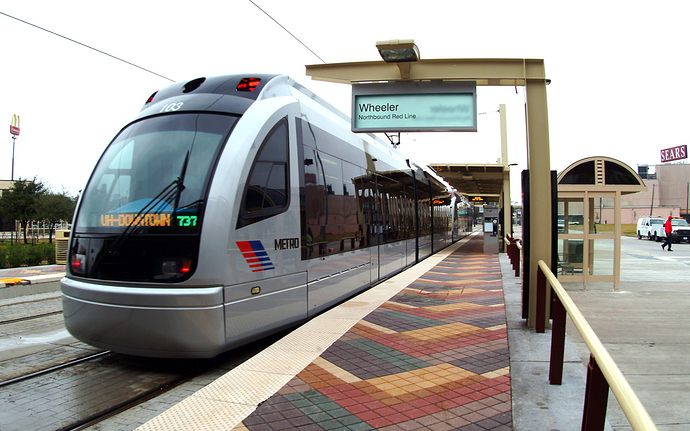This Pic is Only an illustration of how a light rail line from fuquay-varina to DTR can work, or even as far as Brier Creek to F-V I believe in light rail and I believe it can work here in Raleigh if Folks just give it a try and not throw their noses up in the air, saying " Not in my backyard".
5 Likes
